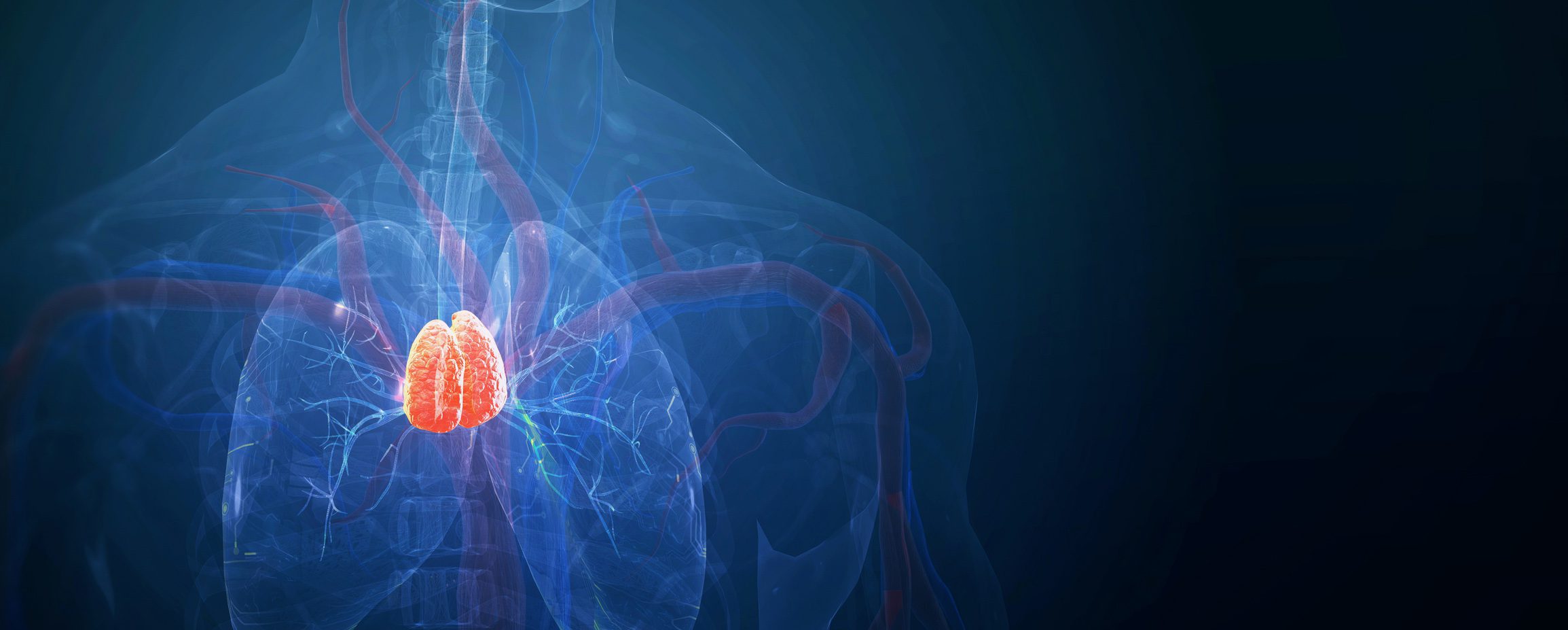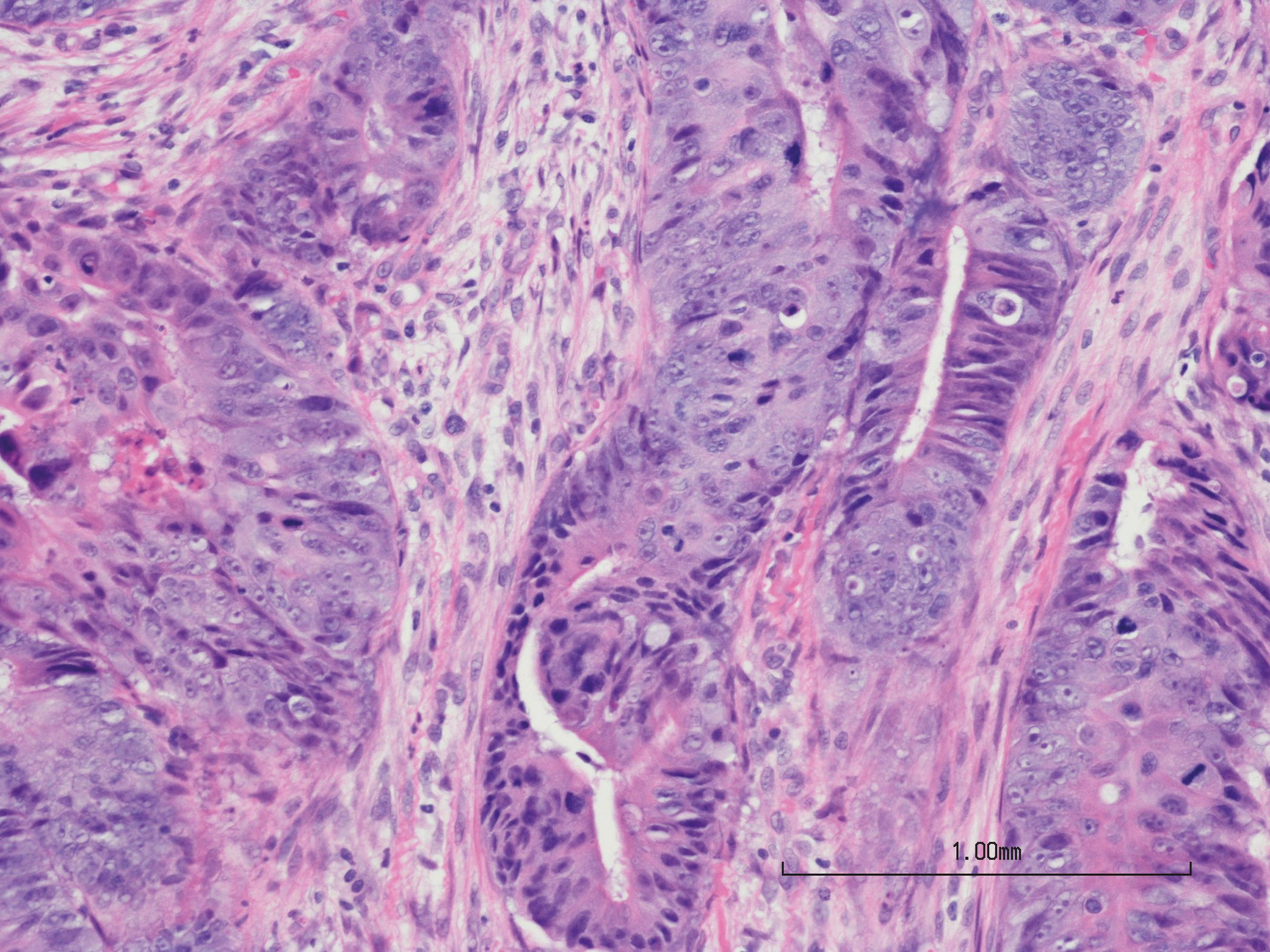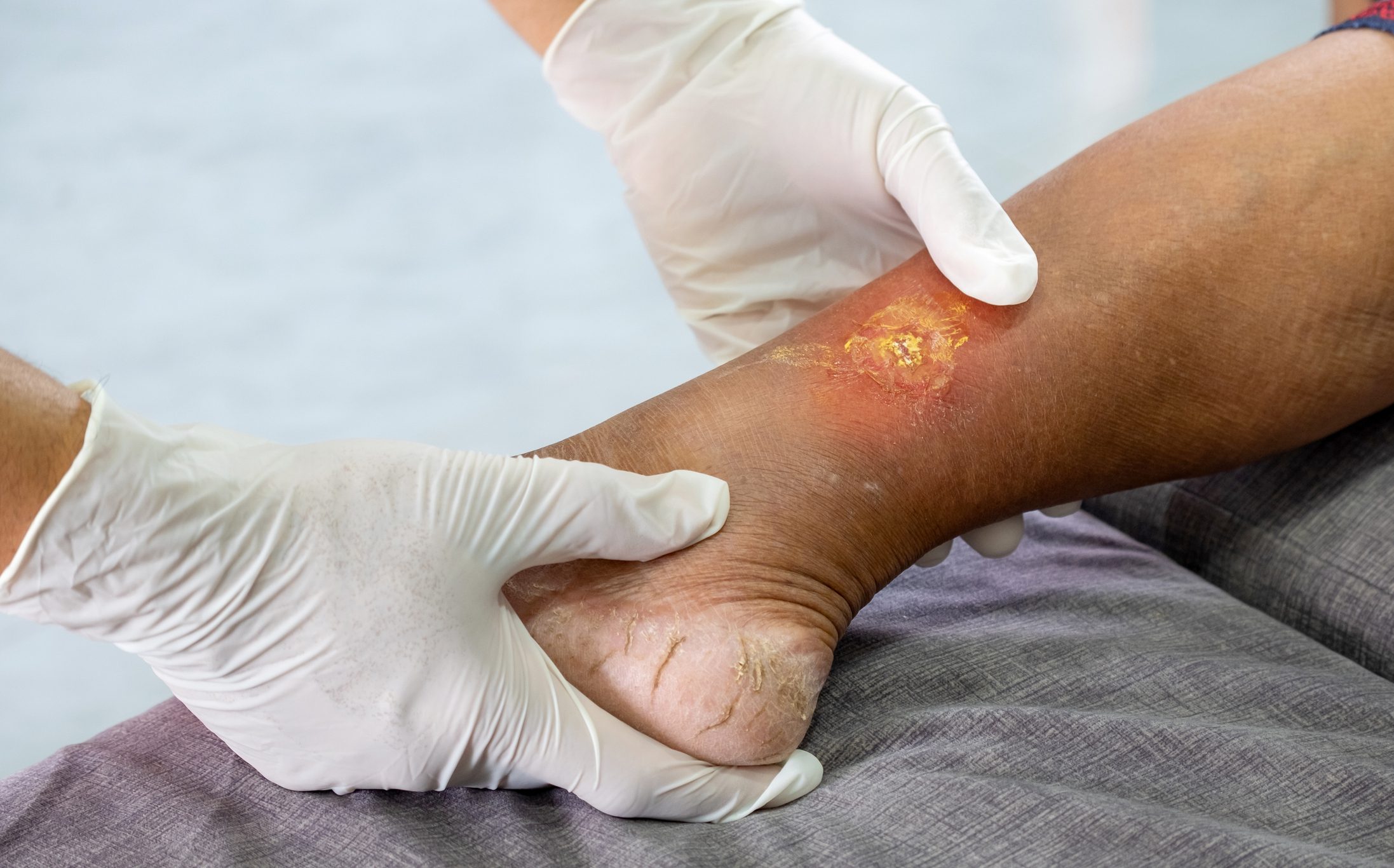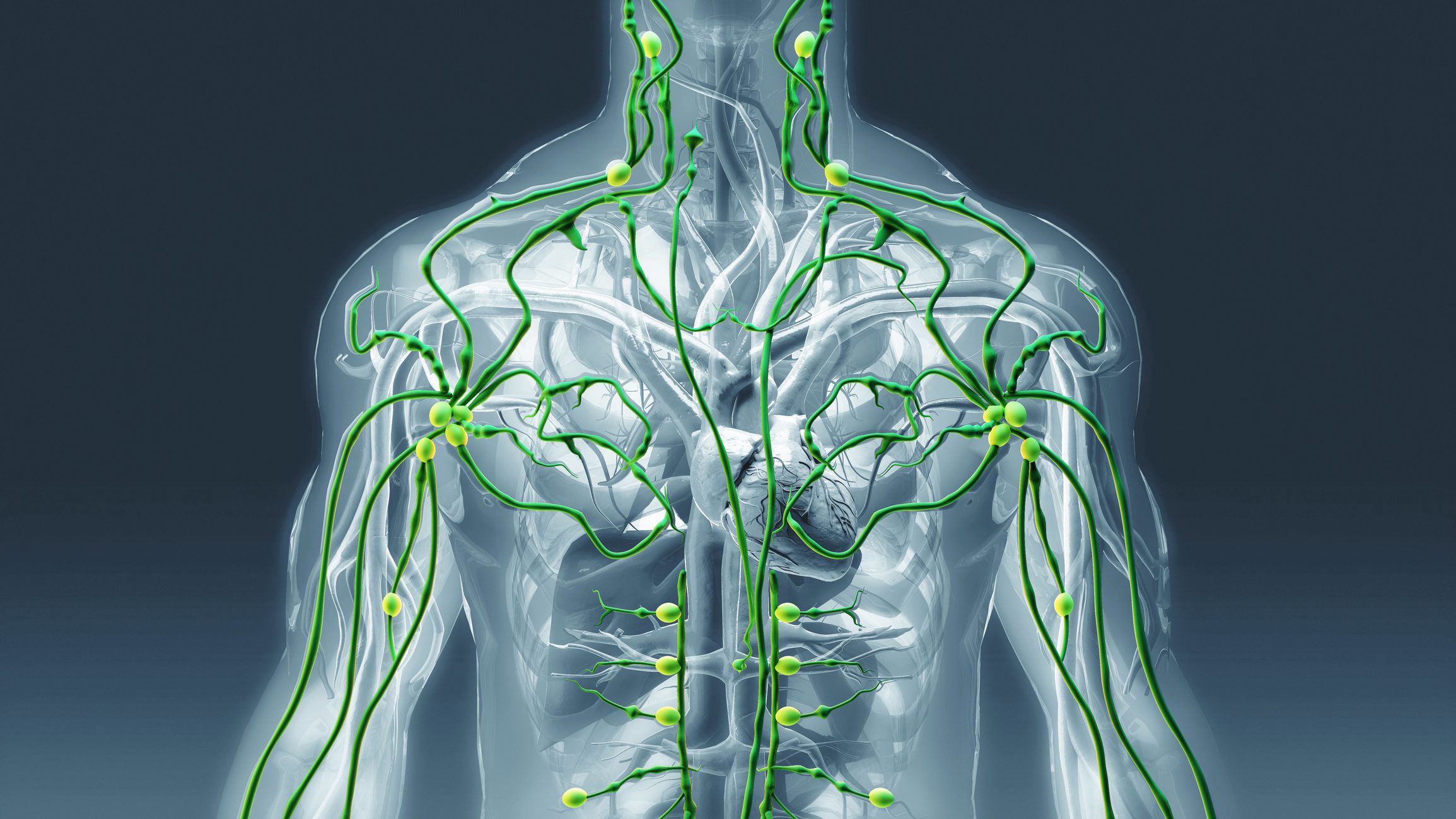Oral or topical preparations from the New Zealand blue mussel, Perna canaliculus, German Grünlippmuschel, are often used to treat complaints of the musculoskeletal system, although these preparations are not approved as medicines but are available as dietary supplements. How is the effectiveness to be evaluated?
The green-lipped mussel, also called green-shell mussel, belongs to the mussel family (Fig. 1) . Its botanical name is Perna canaliculus. The habitat of the green-lipped mussel is in the waters around New Zealand. Green-lipped mussels are farmed there and processed into food supplements, among other things.
The mussel, up to 17 cm long, contains glycosaminoglycans, lipids, omega-3 fatty acids, carbohydrates (glycogen complexes), minerals, vitamins and amino acids. Glycosaminoglycans or mucopolysaccharides are acidic polysaccharides that undergo linear polymerization from disaccharides.

Medical application
Since there is no preparation based on green-lipped mussels approved as a drug in Switzerland, corresponding dietary supplements are not allowed to make any therapeutic claims. However, preparations with extracts from the green-lipped mussel are often taken as a preventive measure or for the treatment of joint complaints such as arthrosis, arthritis and rheumatism, or applied as creams. The demand for such preparations postulates a positive influence on the relief of symptoms. Users of green-lipped mussel preparations report pain-relieving and anti-inflammatory effects. The preparations appear to have joint-lubricating and cartilage-protecting properties.
Possible mechanism of action
The glycosaminoglycans present in the mussel are negatively charged and can therefore store water. Thus, they increase turgor and can be effective as lubricants for joints. This seems to be the case especially for the glycosamine glycan hyaluronic acid. Another glycosaminoglycan is chondroitin sulfate, which, like hyaluronic acid, is a component of cartilage tissue and synovial fluid. The two glycosaminoglycans increase viscoelasticity and thus exert a positive effect on inflamed or degenerated joint tissue. The other ingredients of the green-lipped mussel, such as omega-3 fatty acids, vitamins (including vitamin C), minerals and amino acids, also help to build and maintain healthy tissue.
Studies
There are a few clinical studies that are qualitatively sufficient and investigated the effectiveness of green-lipped mussel extracts.
Indirect evidence of efficacy was provided by the systematic review by Vangsness et al. from the year 2009 [1]. These authors published a systematic review of studies in which knee osteoarthritis was treated with glucosamine or chondroitin sulfate. The 18 studies evaluated showed an alleviating effect on osteoarthritis symptoms. Ten of these 18 studies were conducted with glucosamine, a component of green-lipped mussel. This fact provides an indication that green-lipped mussel extracts may also be effective in osteoarthritis.
Clinical studies have also been conducted with the mussel itself, or extracts from the mussel. A review of such studies appeared in 2008 [2]. A British research team led by Brien et al. Evaluated clinical (randomized or quasi-randomized or comparative, crossover at most) trials that investigated the efficacy of extracts of New Zealand green-lipped mussel, Perna canaliculus, against joint osteoarthritis.
They included four studies in the analysis that met the inclusion criteria [3–6]. Three of these four studies were placebo-controlled [3,5,6]. The study by Gibson and Gibson 1980 [4] was a parallel group crossover study. Endpoints for “responders” or “non-responders” were parameters such as morning stiffness, pain intensity according to VAS, time to walk a certain distance, etc.
In the study by Gibson et al. [3], subjects in the verum group received 1050 mg of green-lipped mussel powder daily for three months. In responders, the dose was reduced after two months. Then all subjects received the study drug for another three months. The other three studies did not provide exact information on the dose used. All four studies showed positive results, and Brien et al. interpreted these as evidence of the efficacy of green-lipped mussel in osteoarthritis.
In a reanalysis of the data from Gibson et al. [3] did not confirm the significant superiority of the study drug over placebo, but only showed a general trend. The study by Audeval and Bochacourt [5] has so many untraceable elements that Brien et al. could not re-evaluate this study.
In the two other studies, by Gibson et al. [4] as well as by Lau [6], Brien at al. found. no significant methodological errors that called the results into question. Gibson et al. [4] investigated the efficacy of different green-lipped mussel extracts in knee osteoarthritis in a comparative study. The authors determined no significance but an advantage for the verum. The study was conducted in patients who were resistant to conventional therapies. This could be according to Brien et al. may have been the reason for the lack of significance.
Lau [6] also studied the effect in knee osteoarthritis and determined a significant superiority of the verum group over placebo in terms of pain reduction and overall treatment assessment.
As a final summary evaluation of the four studies evaluated, Brien et al. concluded that the efficacy of green-lipped mussel extract was superior to placebo for osteoarthritis, providing some evidence for the efficacy of green-lipped mussel for the treatment of osteoarthritis.
Conclusion
Preparations on the basis of green-lipped mussel are often used against arthrosis, arthritis and other complaints of the locomotor system, although it is not an approved drug and therefore there are practically no medical recommendations for its use. The frequency of systemic and topical applications perhaps suggests a corresponding efficacy. The ingredients isolated from Perna canaliculus, especially glycosaminoglycans such as hyaluronic acid and glucosamine, support the assumption of efficacy. Clinical data are small, and some of the relevant studies have methodological flaws. Nevertheless, the authors, who subjected these studies to critical appraisal, concluded that there is some evidence of efficacy.
Against this background, corresponding preparations can be considered as an option for the treatment of patients who, for various reasons, refuse treatment with synthetic agents or are resistant to therapy.
Literature:
- Vangsness JRT, Spiker W, Erickson J: A Review of Evidence-Based Medicine for Glucosamine and Chondroitin Sulfate Use in Knee Osteoarthritis, Arthroscopy. The Journal of Arthroscopic and Related Surgery 2009; 25(1): 86-94.
- Brien S, et al: Systematic review of the nutritional supplement Perna Canaliculus (green-lipped mussel) in the treatment of osteoarthritis. Q J Med 2008; 101: 167-179.
- Gibson RG, et al: Perna Canaliculus in the treatment of arthritis, Practitioner 1980; 224: 955-60.
- Gibson SLM, Gibson RG: The treatment of arthritis with a lipid extract of Perna Canaliculus: a randomised trial. Complement Ther Med 1998; 6: 122-126.
- Audeval B, Bouchacourt P: Double-blind trial against placebo of extract of Perna Canaliculus (green-lipped mussel) in osteoarthritis of the knee. Gazette Medicale 1986; 93: 111-116.
- Lau CS: Treatment of knee osteoarthritis with LyprinolR, lipid extract of the green-lipped mussel – a double-blind placebo-controlled
- study. Progr Nutr 2004; 6: 17-31.
HAUSARZT PRAXIS 2017; 12(7): 2-3












